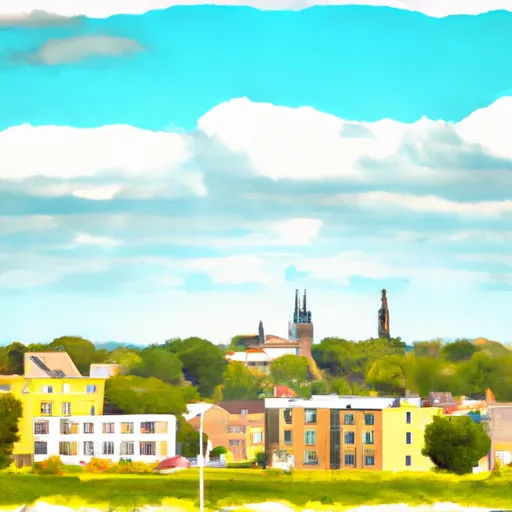°F
°F
mph
Windspeed
%
Humidity











Thayer, Iowa is a small town located in the heart of the state, offering a charming rural atmosphere and a range of outdoor recreational opportunities. The climate in Thayer is classified as humid continental, characterized by hot summers and cold winters. Average temperatures range from the low 20s°F in winter to the mid-80s°F in summer, with precipitation spread evenly throughout the year.
Hydrology constituents in Thayer are mainly influenced by the nearby river systems. The town is situated near the banks of the Iowa River, which provides an abundance of water-related activities such as fishing, boating, and swimming. The river also contributes to the town's natural beauty, with picturesque landscapes and wildlife habitats.
Thayer boasts several outdoor recreation opportunities, making it a haven for nature enthusiasts. The surrounding natural areas and parks offer hiking trails, camping sites, and picnic areas where visitors can enjoy the scenic beauty and tranquility of the region. Additionally, Thayer is known for its excellent hunting grounds, attracting avid hunters from far and wide.
In summary, Thayer, Iowa offers a pleasant climate, diverse hydrology constituents, and a variety of outdoor recreation opportunities. Whether one seeks to explore nature, engage in water activities, or indulge in hunting, Thayer has something to offer for everyone.
Weather Forecast
Thayer receives approximately 907mm of rain per year, with humidity levels near 80% and air temperatures averaging around 10°C. Thayer has a plant hardyness factor of 5, meaning plants and agriculture in this region thrive during a short period during spring and early summer. Most plants will die off during the colder winter months.
Regional Streamflow Levels
8
Cubic Feet Per Second
8
Cubic Feet Per Second
63
Cubic Feet Per Second
205
Cubic Feet Per Second
Nearby Camping
| Camping Area | Reservations | Toilets | Showers |
|---|---|---|---|
| Daly County Park |



